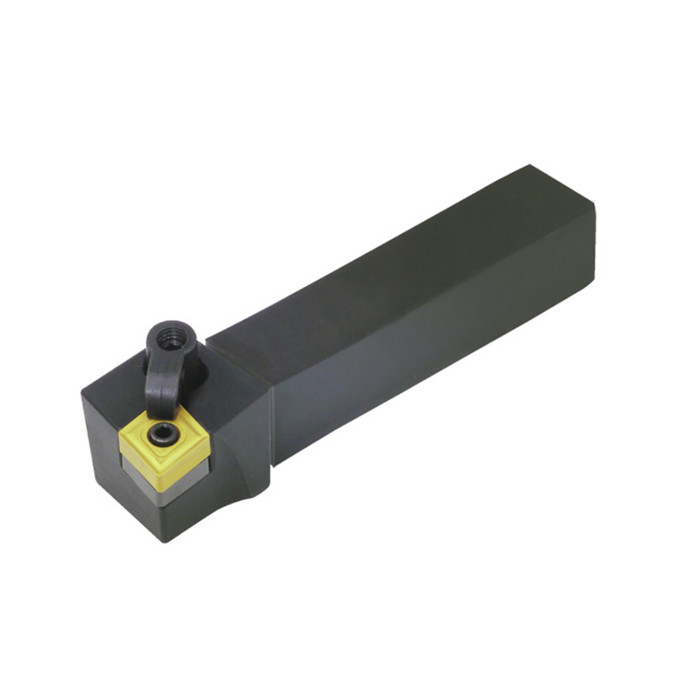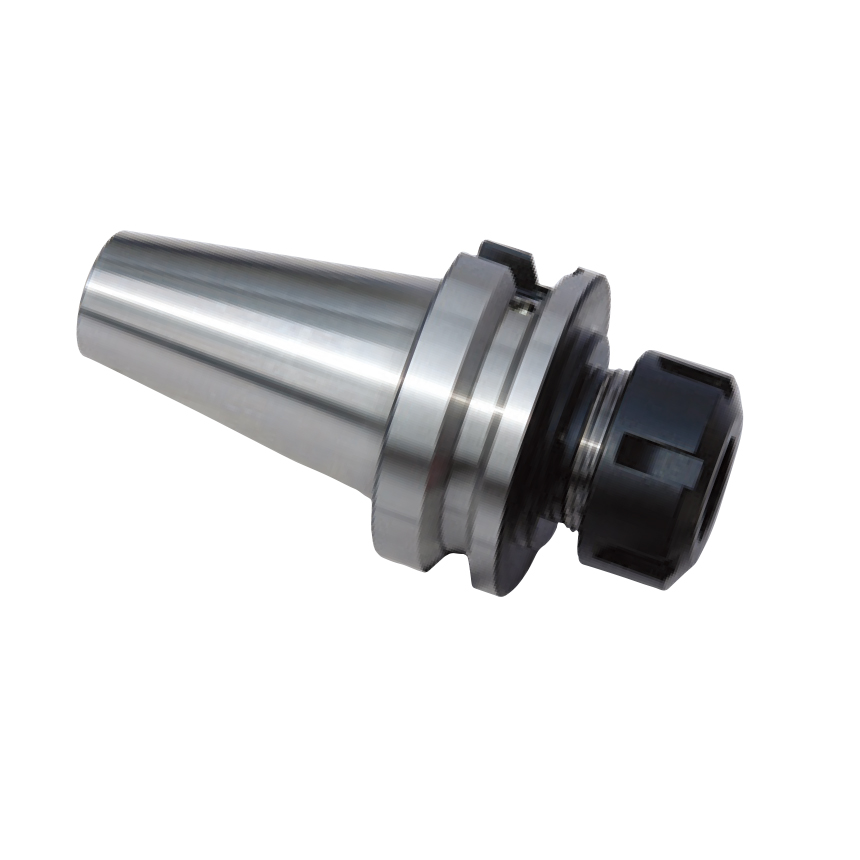Milling Insert Factory
Choosing the right milling insert factory is crucial for achieving optimal performance and cost-effectiveness in your machining operations. This article explores key considerations when selecting a supplier, covering factors such as insert grades, geometries, coating technologies, quality control processes, and supply chain reliability. Understanding these aspects will empower you to make informed decisions and build a successful partnership with a milling insert factory that meets your specific requirements.
Understanding Milling Inserts and Their Importance
Milling inserts are the heart of any milling operation, responsible for directly cutting and shaping the workpiece material. Their performance dramatically influences factors like surface finish, cutting speed, tool life, and overall machining efficiency. Choosing the wrong insert can lead to increased cycle times, premature tool wear, and even scrapped parts. A reputable milling insert factory understands this and offers a diverse range of inserts tailored to various materials and applications.
Types of Milling Inserts
Different types of milling inserts cater to specific milling processes. Some common types include:
- Square inserts: Versatile inserts for general milling applications.
- Round inserts: Ideal for profiling and contouring operations.
- Triangle inserts: Offer excellent strength and are suitable for heavy cuts.
- Rhombic inserts: Good for corner machining and applications requiring a strong cutting edge.
The Role of Insert Grades
The 'grade' of a milling insert refers to the material composition, which dictates its hardness, toughness, and wear resistance. Common insert materials include:
- Carbide: The most common insert material, offering a good balance of hardness and toughness.
- Cermet: A composite material with excellent wear resistance, suitable for high-speed finishing.
- Ceramics: Extremely hard and heat-resistant, ideal for machining hardened materials.
- Diamond (PCD/CVD): Offers exceptional wear resistance and is used for machining non-ferrous materials like aluminum and composites.
Key Considerations When Choosing a Milling Insert Factory
Selecting the right milling insert factory is a strategic decision that impacts your entire machining process. Here are some essential factors to consider:
Material Expertise and Application Knowledge
A capable milling insert factory should possess deep knowledge of various workpiece materials and machining applications. They should be able to recommend the optimal insert grade and geometry for your specific needs. For example, Wayleading Tools' technical team can provide guidance based on your material, machine, and desired outcome. Their expertise ensures you're using the right tools for the job, maximizing efficiency and minimizing waste. Visit www.wayleading.com to explore their selection and services.
Manufacturing Capabilities and Technology
Evaluate the factory's manufacturing capabilities, including their equipment, production capacity, and quality control processes. Look for advanced technologies like:
- Precision grinding: Ensures accurate insert dimensions and tight tolerances.
- Advanced coating technologies: Improves wear resistance, heat resistance, and cutting performance. Examples include PVD (Physical Vapor Deposition) and CVD (Chemical Vapor Deposition) coatings.
- Automated inspection systems: Guarantee consistent quality and adherence to specifications.
Quality Control and Assurance
A rigorous quality control system is essential to ensure consistent insert performance and reliability. Inquire about the factory's quality control procedures, including:
- Raw material inspection: Verifies the quality and purity of the raw materials used in insert production.
- In-process inspection: Monitors the manufacturing process to detect and correct any deviations from specifications.
- Final inspection: Ensures that finished inserts meet all quality requirements before shipment.
Cost-Effectiveness and Pricing
While cost is always a factor, it's important to consider the overall cost-effectiveness of the milling inserts. A slightly more expensive insert that lasts longer and performs better can ultimately save you money in the long run by reducing downtime and improving productivity. Request a detailed price breakdown and compare prices from different suppliers.
Supply Chain Reliability and Lead Times
A reliable supply chain is crucial to avoid production delays. Inquire about the factory's production capacity, lead times, and inventory management practices. A factory with a well-managed supply chain can ensure that you receive your orders on time and in the quantities you need.
Customer Service and Support
Choose a milling insert factory that provides excellent customer service and technical support. They should be responsive to your inquiries, able to provide technical assistance, and willing to work with you to resolve any issues that may arise.
Insert Geometry and Its Impact
The geometry of a milling insert, including its shape, cutting edge angle, and chipbreaker design, plays a significant role in its performance. Different geometries are optimized for different materials and applications.
Cutting Edge Angle
The cutting edge angle affects the cutting force and chip formation. A sharper cutting edge angle reduces cutting force but may be more prone to chipping. A larger cutting edge angle provides greater strength but requires more cutting force.
Chipbreaker Design
Chipbreakers are designed to control chip formation and prevent long, stringy chips that can interfere with the cutting process. Different chipbreaker designs are available for different materials and cutting conditions. A well-designed chipbreaker can improve surface finish, reduce cutting forces, and prevent tool breakage.
Coating Technologies for Milling Inserts
Coatings are applied to milling inserts to improve their wear resistance, heat resistance, and cutting performance. Common coating materials include:
- Titanium Nitride (TiN): A general-purpose coating that provides good wear resistance.
- Titanium Carbonitride (TiCN): Offers improved wear resistance and hardness compared to TiN.
- Aluminum Oxide (Al2O3): Provides excellent heat resistance and is suitable for high-speed machining.
- Diamond-Like Carbon (DLC): Offers exceptional wear resistance and low friction, ideal for machining non-ferrous materials.
The choice of coating depends on the workpiece material, cutting conditions, and desired tool life.
Finding the Right Milling Insert Factory: A Step-by-Step Approach
- Define Your Requirements: Determine the types of materials you machine, the types of milling operations you perform, and the performance requirements of your milling inserts.
- Research Potential Suppliers: Search online directories, trade shows, and industry publications to identify potential milling insert factories.
- Request Information and Quotes: Contact potential suppliers and request information about their products, services, and pricing.
- Evaluate Suppliers: Evaluate potential suppliers based on the factors discussed above, including material expertise, manufacturing capabilities, quality control, cost-effectiveness, and customer service.
- Request Samples: Request samples of milling inserts from your top choices and test them in your own machining operations.
- Select a Supplier and Build a Partnership: Choose the milling insert factory that best meets your needs and build a long-term partnership based on trust and collaboration.
Cost Comparison of Different Milling Insert Grades
The following table provides a general cost comparison of different milling insert grades. Prices may vary depending on the supplier, insert size, and quantity.
| Insert Grade | Approximate Cost (USD per insert) | Typical Applications |
|---|---|---|
| Carbide | $5 - $20 | General milling, steel, cast iron |
| Cermet | $15 - $30 | High-speed finishing, steel, stainless steel |
| Ceramic | $25 - $50 | Hardened materials, high-temperature alloys |
| PCD/CVD Diamond | $50 - $200+ | Non-ferrous materials, aluminum, composites |
Note: Prices are approximate and may vary.
Conclusion
Choosing the right milling insert factory requires careful consideration of various factors, including material expertise, manufacturing capabilities, quality control, cost-effectiveness, and supply chain reliability. By following the steps outlined in this article, you can find a partner that provides high-quality milling inserts that meet your specific needs and help you optimize your machining operations. Remember to leverage the expertise and resources available, like those offered by Wayleading Tools, to make informed decisions and achieve optimal results.
Disclaimer: The information provided in this article is for general informational purposes only and does not constitute professional advice. Always consult with a qualified expert before making any decisions related to milling inserts or machining operations.
Related products
Related products
Best selling products
Best selling products-
 QM ACCU-Lock Precision Machine Vises With Swivel Base
QM ACCU-Lock Precision Machine Vises With Swivel Base -
 30PCS HSS Metric And Inch Size MINI Tap & Die Set
30PCS HSS Metric And Inch Size MINI Tap & Die Set -
 Carbide Tipped Hole Cutter For Cutting Stainless Steel And Iron Or Steel Plate
Carbide Tipped Hole Cutter For Cutting Stainless Steel And Iron Or Steel Plate -
 Parting & Grooving Tool Set With SLTB Blcok, NCIH Blades, GTN Inserts
Parting & Grooving Tool Set With SLTB Blcok, NCIH Blades, GTN Inserts -
 HSS Metric & Inch Dovetail End Mill With 45 And 60 Degree For Industrial
HSS Metric & Inch Dovetail End Mill With 45 And 60 Degree For Industrial -
 Precision Monoblock Vernier Caliper With Nib Style Jaws Of Metric & Imperial For Industrial
Precision Monoblock Vernier Caliper With Nib Style Jaws Of Metric & Imperial For Industrial -
 Type E Heavy Duty Deburring Tool Set With Deburring Holder And Deburring Blade
Type E Heavy Duty Deburring Tool Set With Deburring Holder And Deburring Blade -
 MCLN Indexable Turning Tool Holder With Right And Left Hand
MCLN Indexable Turning Tool Holder With Right And Left Hand -
 QA Grooving & Cut-Off Holder With Right And Left Hand
QA Grooving & Cut-Off Holder With Right And Left Hand -
 Deburring Tool Blades Using For Deburring
Deburring Tool Blades Using For Deburring -
 Precision V Block Set With High Quality Type
Precision V Block Set With High Quality Type -
 Deburring Tool Holder For The Deburring Tool Blades
Deburring Tool Holder For The Deburring Tool Blades











